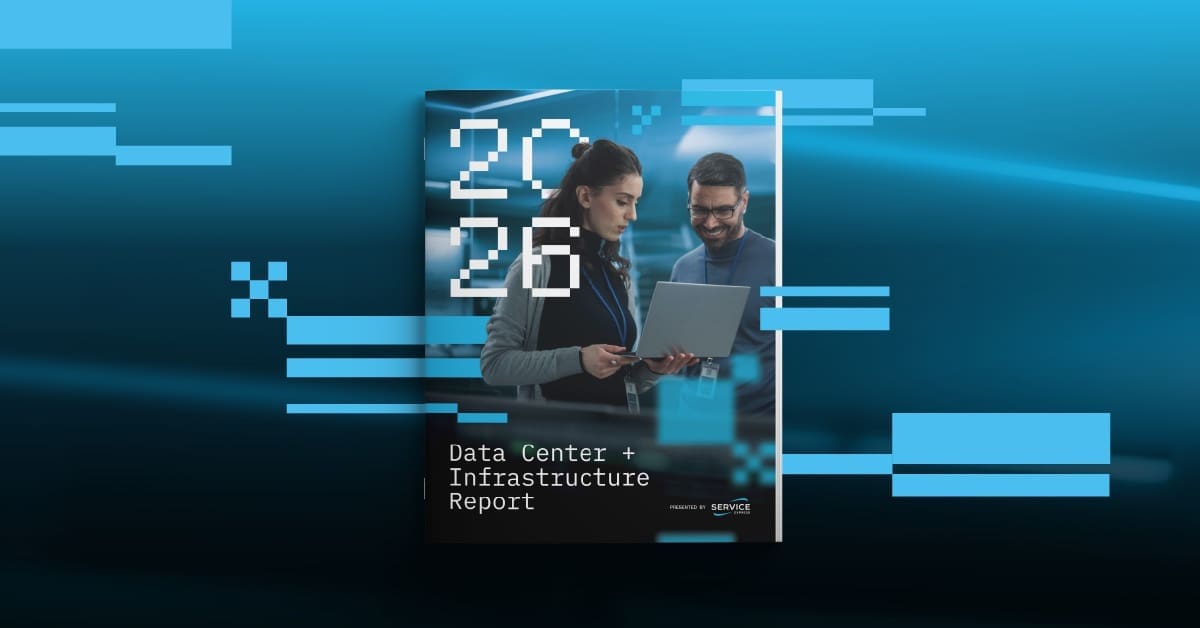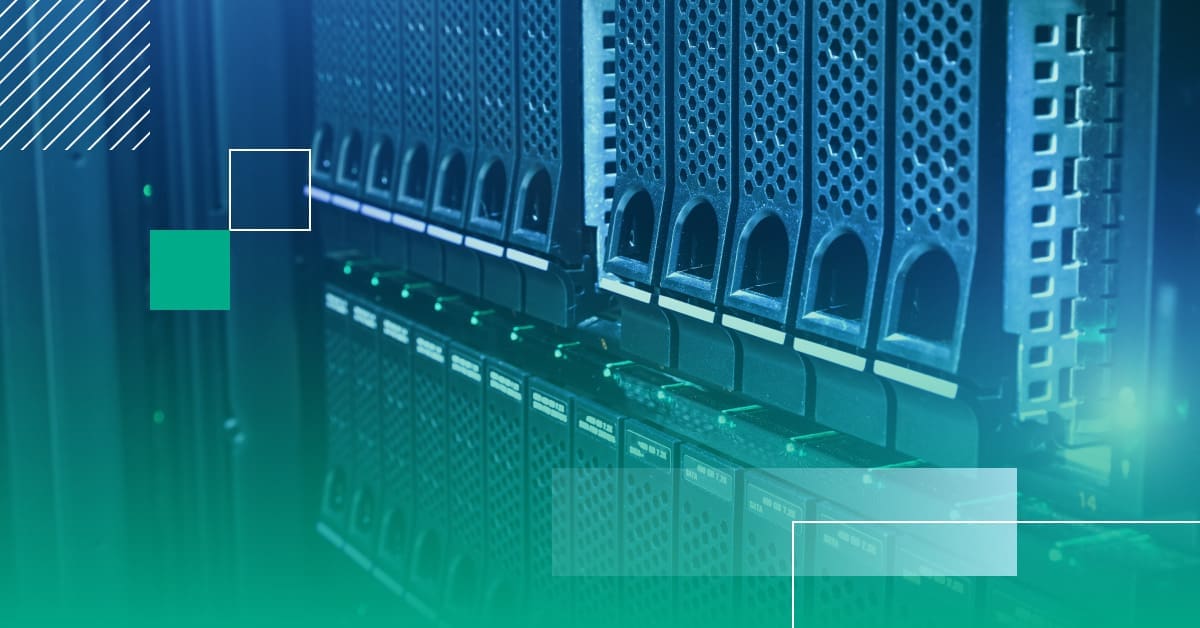We all come across the term total cost of ownership (TCO) because every procurement and financial decision or sales pitch will likely reference it. Typically, it’s used one-dimensionally to prove a point or back up emotion with logic. Unfortunately, we rarely consider the “real world” and the main benefit of assessing the TCO of a decision. This is typically because TCO doesn’t support the intended goal, it’s difficult to calculate or it hasn’t been considered altogether.
What is total cost of ownership (TCO)?
TCO is the comprehensive expense of a product or piece of equipment and its operating costs. Think of it as the bigger picture of a product’s value over time beyond the initial purchase price.
Why is it important to calculate TCO?
Businesses need to measure TCO to accurately estimate costs across a product’s entire life cycle, especially when considering upgrading or replacing new technology or equipment. With full visibility into your actual IT expenses, you can ensure you budget accordingly and receive the best value.
While it depends on the asset and organization, you can generally calculate TCO by adding the initial cost of a product and the cost to operate the product during its useful life. Although the equation seems simple, many factors can affect TCO estimates, including unpredictable costs from inflation, insurance and power usage.
Businesses in all types of industries often forget about analyzing TCO when gathering information and considering the next best step for their organization. For the IT industry, Gartner defines TCO as “a comprehensive assessment of IT or other costs across enterprise boundaries over time.” This can include hardware, software, maintenance, training, communications, end-user expenses and losses due to downtime, damage and replacement costs.
Below are several common examples and use cases our customers are frequently navigating:
- Extending hardware life cycles and maintaining current equipment with the help of third-party maintenance (TPM)
- Exploring new software as a service (SaaS) options
- Undergoing a hardware refresh and purchasing new equipment
- Transitioning to Infrastructure as a Service (IaaS) or hybrid cloud
It’s rare to have just one option when it comes to IT infrastructure and hardware strategies. Each option has different advantages and disadvantages, and the best solution will vary for every business depending on its goals and priorities.
When analyzing TCO, it’s essential to compare every variable without forgetting critical tangible costs, even if they aren’t in that department’s budget allocation (e.g., IT to facilities). In addition, highlighting areas that are difficult to identify a cost.
Considerations when calculating TCO
To make fully informed business decisions and maximize the effectiveness of TCO methodologies across your entire business, consider the items below next time you set out on a procurement exercise:
- What is the breakdown of CapEx and OpEx spending?
- What period does finance depreciate assets?
- How does this measure meet the current and/or future IT budget?
- Facility costs
- Rent and/or lease, facility maintenance, insurance, etc.
- Energy costs
- Heating, cooling and projects for price increases over the considered term
- Human capital
- Salary, benefits, training, labor costs, etc.
- People costs, including projections for increases to salaried employees
- Time saved/increased on each option
- Supplier management: think service reviews, contract reviews, billing, etc.
- Risk of current situation: what could the cost of inaction be?
- Knock-on effect: will one change cause another unforeseen cost?
- Scheduling time with different business unit leaders to understand the implications of cost and user experience
- What is each option’s non-cost strengths and weaknesses?
Examine your IT strategy
When consulting with existing customers, partners and prospective customers, the result often exposes the benefit of a hybrid option, choosing the right strategy for the right workload.
Topics:



